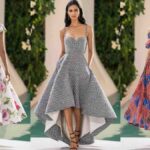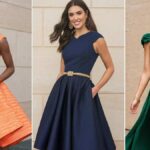In the ever-evolving world of fashion, Types of Dresses remain a timeless staple. They’ve clothed women through decades of changing trends, from the flapper Types of Dresses of the Roaring Twenties to the bold Types of Dresses of the swinging sixties. This comprehensive guide will take you on a sartorial journey through 28 distinct dress styles, helping you navigate the vast sea of trends with confidence and flair.
A-Line Types of Dresses: The Universally Flattering Silhouette
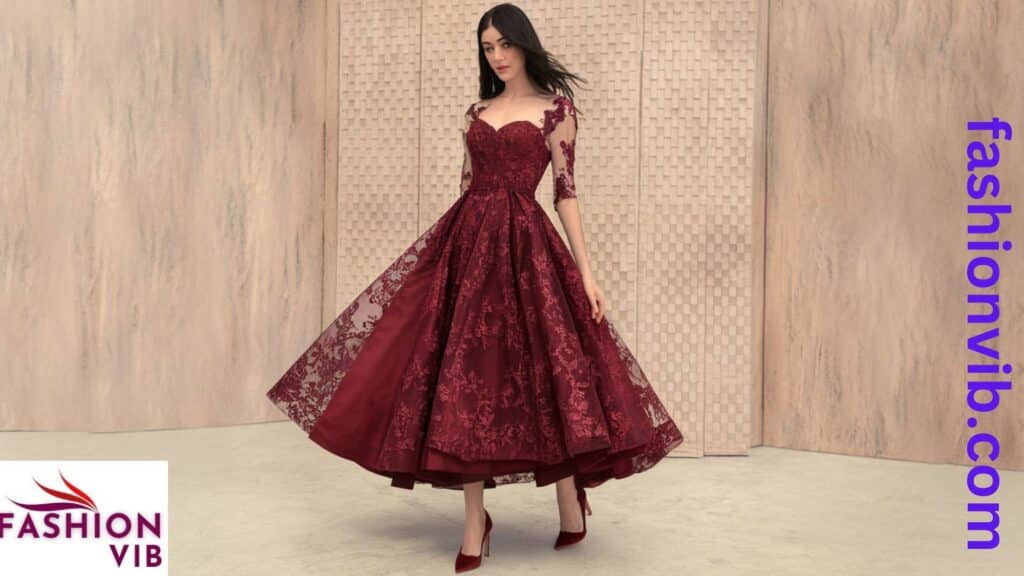
A-line dresses are the chameleons of the fashion world. Named for their distinctive shape—narrow at the top and gradually widening towards the hem—these dresses create a balanced silhouette that’s both classic and contemporary.
Key features of A-line dresses include:
- A fitted bodice
- A flared skirt that resembles the letter “A”
- Versatility in length, from mini to maxi
A-line dresses work wonders for various body types:
- Pear-shaped figures: They emphasize the waist and skim over hips
- Apple-shaped bodies: They create definition at the waistline
- Petite frames: When hemmed above the knee, they elongate the legs
“The A-line dress is a woman’s secret weapon. It’s the little black dress of silhouettes—always chic, always flattering,” says renowned stylist Rachel Zoe.
Shift Types of Dresses: Timeless Simplicity
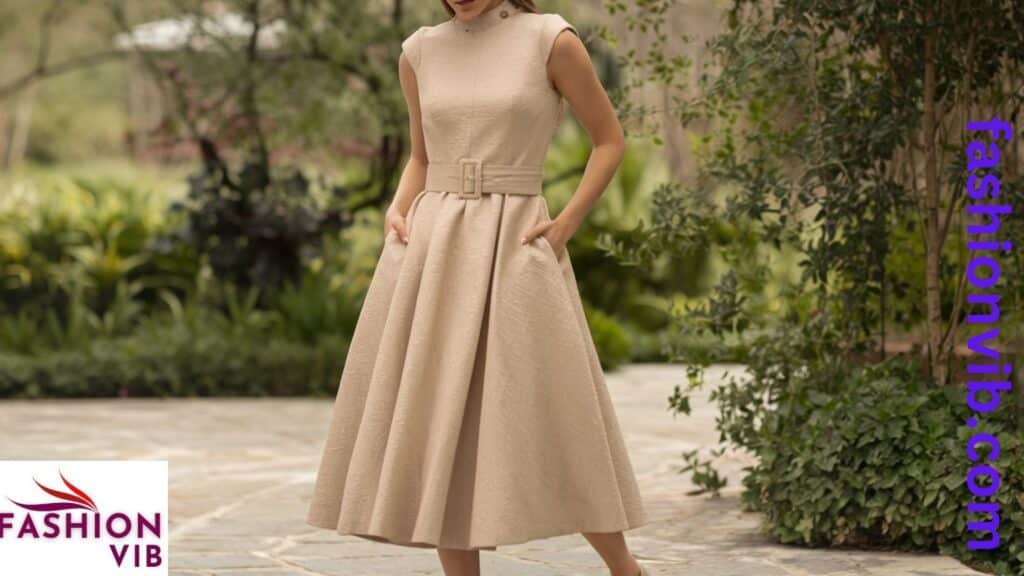
The shift dress is a testament to the power of simplicity. This straight-cut dress hangs from the shoulders, skimming the body without cinching at the waist. Its clean lines and minimalist design have made it a favorite since the 1960s.
Characteristics of shift dresses:
- Straight silhouette from shoulder to hem
- Often sleeveless, but can have various sleeve lengths
- Typically falls above the knee, making it a perfect short dress option
Fun fact: The shift dress gained popularity during the 1960s fashion era as a symbol of women’s liberation, allowing for greater freedom of movement compared to previous restrictive styles.
Wrap Types of Dresses: The Ultimate in Versatility

Wrap dresses, popularized by Diane von Furstenberg in the 1970s, are marvels of design that flatter virtually every body type. Their adjustable fit and feminine silhouette have made them wardrobe staples for decades.
Key elements of wrap dresses:
- A front closure that wraps around the body
- A v-neckline that elongates the neck
- A tie or belt that cinches at the waist
Benefits of wrap dresses:
- Adjustable fit accommodates fluctuations in body size
- Creates an hourglass silhouette
- Suitable for both casual and formal occasions
Sheath Types of Dresses: Sleek Sophistication
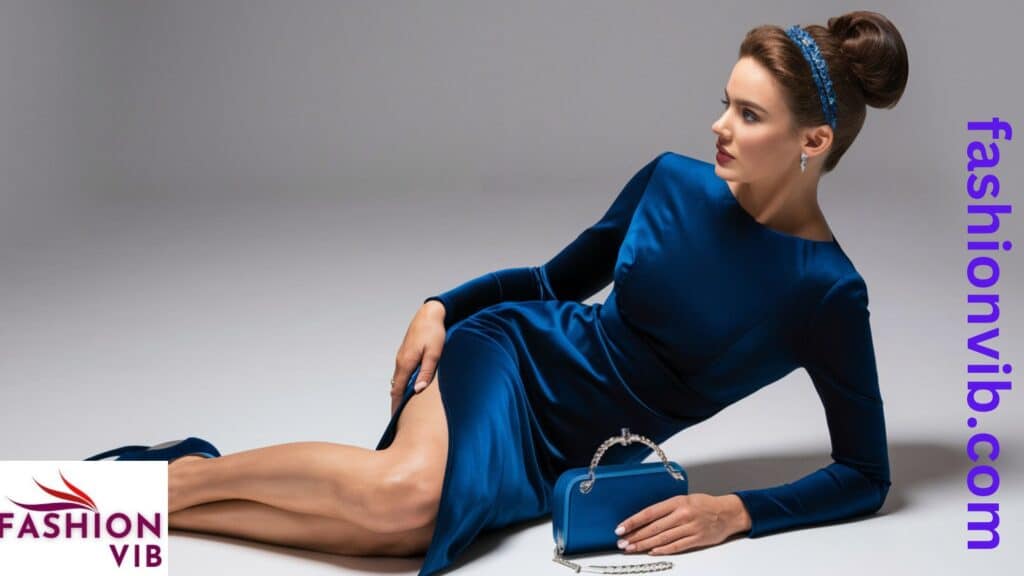
The sheath dress is the epitome of chic simplicity. This form-fitting style follows the curves of the body, creating a sleek, streamlined silhouette that’s perfect for professional settings and cocktail parties alike.
Characteristics of sheath dresses:
- Fitted silhouette from shoulder to knee
- Often features a back slit for ease of movement
- Can be sleeveless or have various sleeves
To make a sheath dress office-appropriate, layer it under a blazer or cardigan. For evening events, amp up the glamour with statement jewelry and strappy heels.
Maxi Types of Dresses: Flowing Elegance
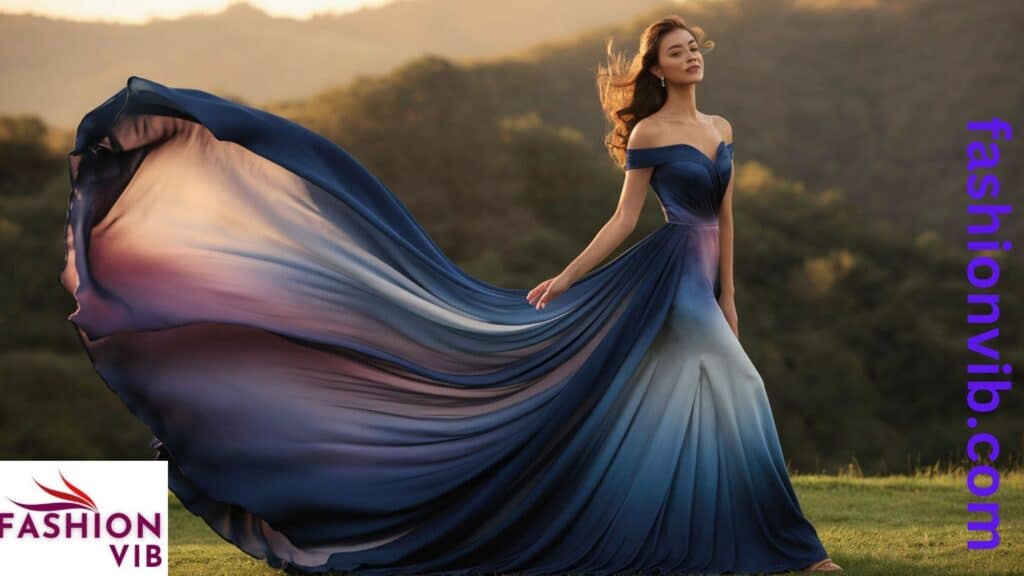
Maxi dresses are the epitome of effortless grace. These floor-length gowns offer a perfect blend of comfort and style, making them a go-to choice for everything from beach vacations to formal events.
Key features of maxi dresses:
- Full-length skirt that reaches the ankles or floor
- Various necklines and sleeve options
- Can be fitted or flowy
“A maxi dress is like wearing a secret blanket all day—comfortable, but still put-together,” quips fashion blogger Leandra Medina.
Midi Types of Dresses: The Versatile Middle Ground
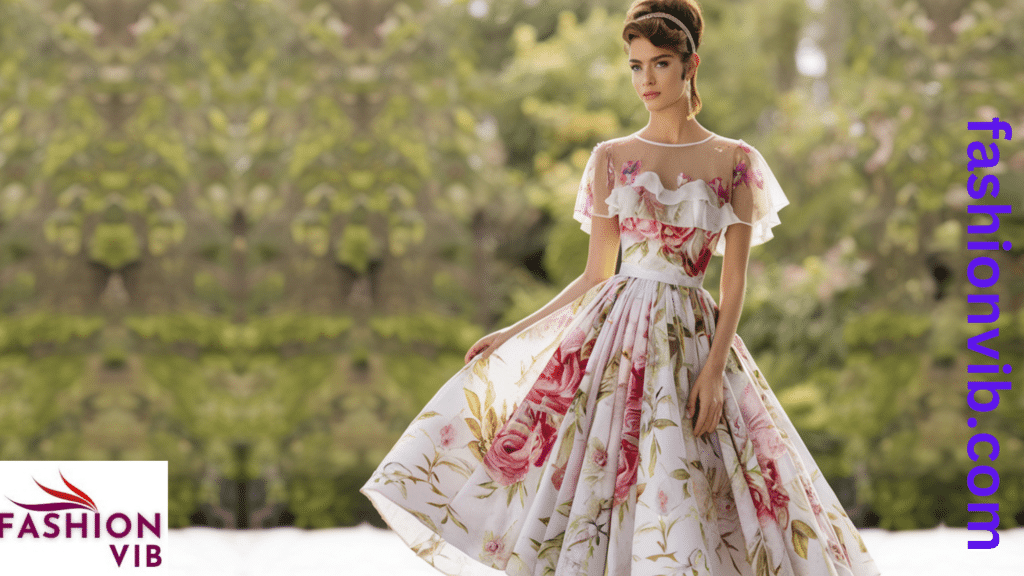
Falling between mini and maxi lengths, midi dresses offer a perfect balance of sophistication and wearability. These knee to ankle dress styles have seen a major revival in recent years, becoming a favorite among fashion influencers and street style stars.
Characteristics of midi dresses:
- Hemline that falls below the knee but above the ankle
- Can feature various silhouettes (A-line, pencil, fit-and-flare)
- Often paired with heels to elongate the leg
Styling midi dresses:
- For a retro look, choose a full-skirted midi and pair it with cat-eye sunglasses
- Create a modern silhouette by opting for a form-fitting midi with a side slit
- Layer a cropped jacket or sweater over a midi dress for cooler weather
Minidresses: Legs for Days
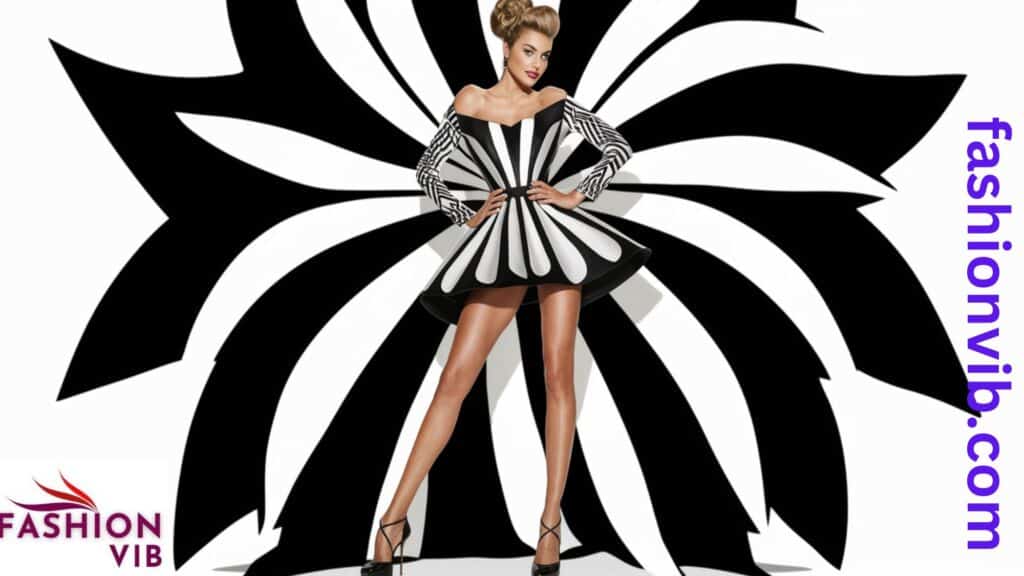
The mini dress, a cultural icon of the 1960s, continues to make a statement in modern fashion. These above the knee dress styles, typically ending mid-thigh, are the perfect choice for those looking to showcase their legs and exude youthful energy.
Key aspects of minidresses:
- Hemline that falls well above the knee
- Can feature various necklines and sleeve lengths
- Often paired with tights or boots in cooler weather
Minidresses are ideal for:
- Creating the illusion of longer legs
- Balancing out a larger upper body
- Achieving a playful, youthful look
When wearing a mini dress, balance is key. If you’re showing a lot of leg, consider a more modest neckline or longer sleeves to keep the look sophisticated.
Empire-Waist Types of Dresses: Regal and Romantic
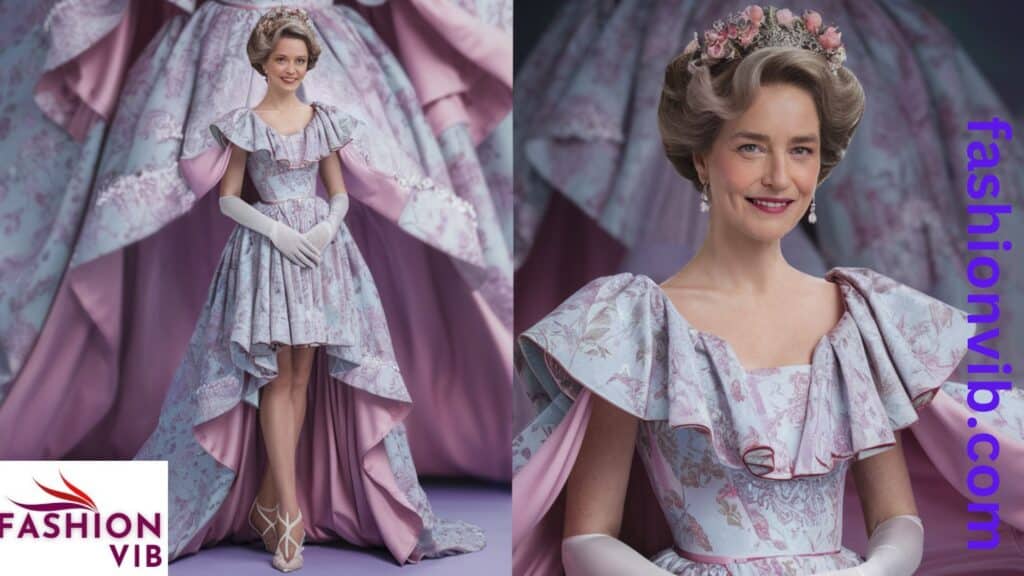
Empire-waist dresses are characterized by their high waistline, which sits just below the bust. This style, popularized during the Regency era, creates a lengthening effect and is particularly flattering for certain body types.
Features of empire waist dresses:
- High waistline positioned directly under the bust
- Flowing skirt that skims over the stomach and hips
- Often features a v-neckline or scooped neckline
Empire waist dresses are particularly suitable for:
- Apple-shaped figures, as they de-emphasize the midsection
- Pregnant women, offering comfort and style during all trimesters
- Petite women, as the high waistline creates the illusion of height
Bodycon Types of Dresses: Confidence in Curves
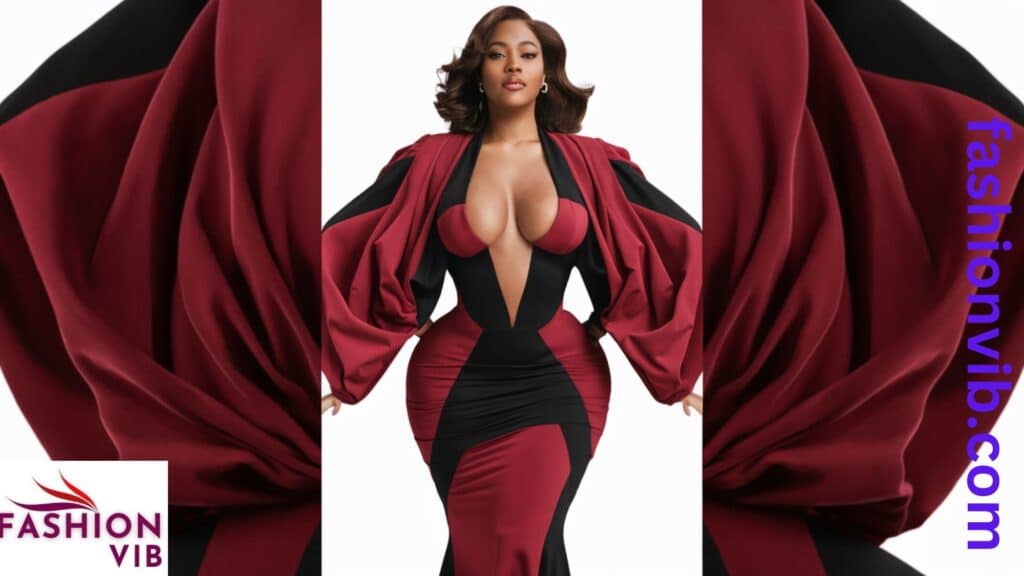
The term “bodycon” is short for “body-conscious,” and these form-fitting dresses leave little to the imagination. Popularized in the 1990s, bodycon dresses have become a staple of club wear and red carpet fashion alike.
Characteristics of bodycon dresses:
- Tight fit that hugs every curve
- Often made from stretchy, figure-hugging fabric
- Can range from mini to midi in length
Styling tips for bodycon dresses:
- Choose seamless underwear to avoid visible lines
- Pair with a structured jacket for a balanced look
- opt for dark colors or vertical stripes for a slimming effect
Slip Types of Dresses: ’90s Nostalgia
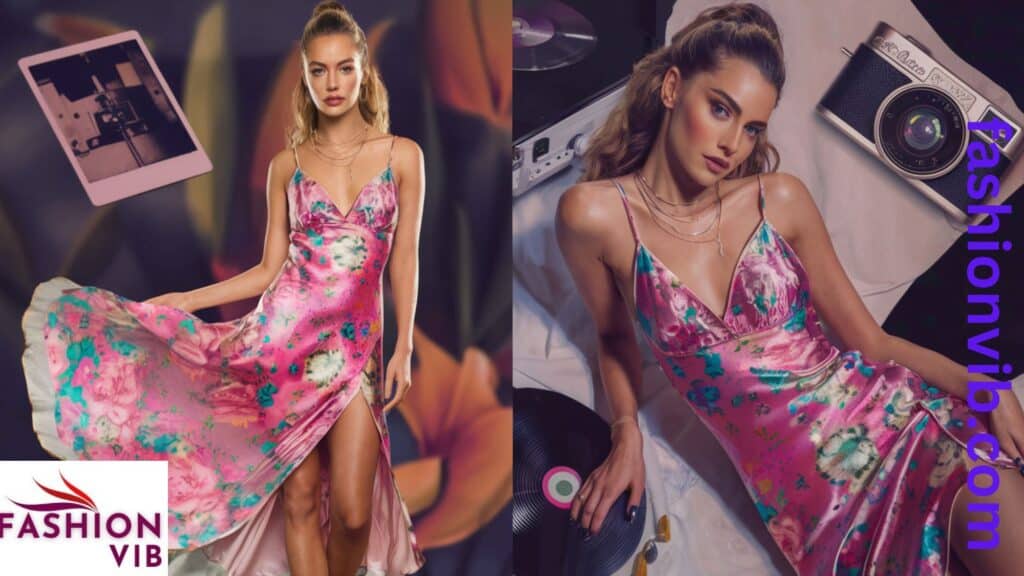
The slip dress, inspired by lingerie, gained popularity in the 1990s and has recently seen a major revival. These slinky, often satin dresses offer a perfect blend of sensuality and simplicity.
Key features of slip dresses:
- Thin straps
- Bias cut for a body-skimming fit
- Often made from silky or satin fabrics
Pro tip: To prevent static cling, spray your slip dress with a mixture of water and fabric softener before wearing.
Shirt Types of Dresses: Effortless Chic

Combining the polish of a button-down shirt with the ease of a dress, the shirt dress is a versatile dress option. This style often features a collar, button-front closure, and a belted waist.
Benefits of shirt dresses:
- Easy to dress up or down
- Comfortable for all-day wear
- Suitable for various body types
Off-the-Shoulder Types of Dresses: Feminine Allure
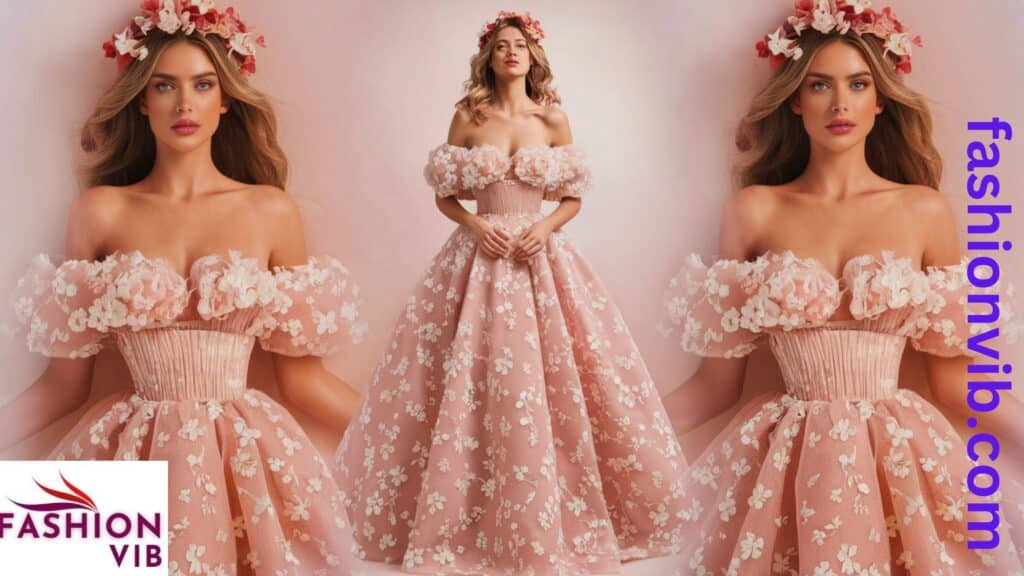
Off-the-shoulder dresses offer a perfect balance of modesty and allure, exposing the shoulders and collarbone while keeping the arms partially covered. This romantic style has roots in traditional Latin American dress and has become a favorite for warm-weather events.
Key aspects of off-the-shoulder dresses:
- Neckline that sits below the shoulders
- Can feature various sleeve lengths, from cap sleeves to full-length
- Often includes elastic or boning to keep the dress in place
Tea-Length Types of Dresses: Vintage-Inspired Elegance

Tea-length dresses, falling between midi and maxi lengths, offer a touch of vintage charm. These dresses typically hit mid-calf and are perfect for semi-formal events or when you want to channel some retro glamour.
Characteristics of tea-length dresses:
- Hemline that falls between the knee and ankle, typically mid-calf
- Often features a full skirt for a feminine silhouette
- Popular for bridal and bridesmaid dresses
“Tea-length dresses are the perfect compromise between formal and fun. They’re ladylike without being stuffy,” says vintage fashion expert Cameron Silver.
Princess Types of Dresses: Fairytale Romance
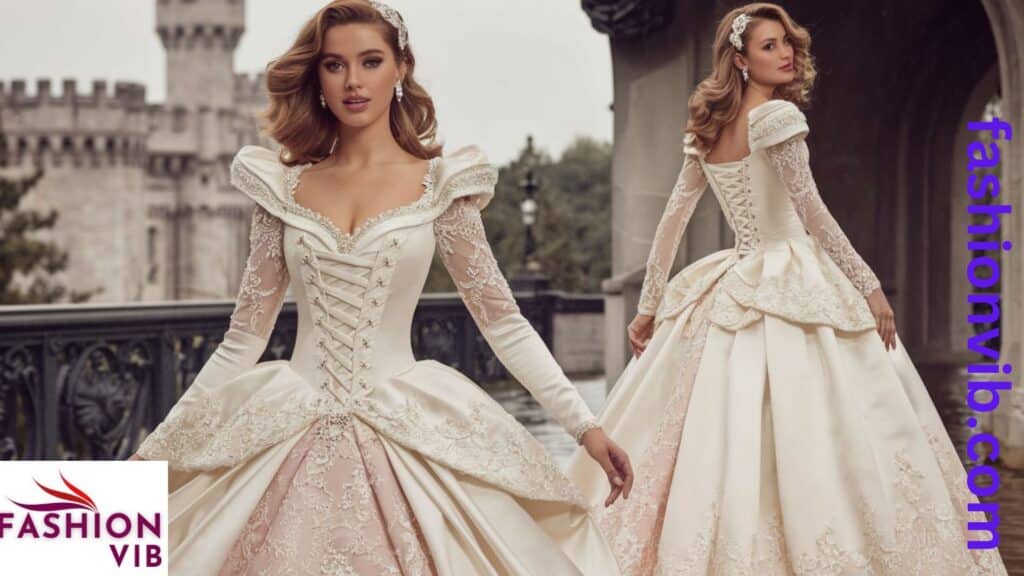
Princess dresses are characterized by their fitted bodice and full, flowing skirt. This style often features vertical seams that run from the neckline to the hem, creating a slimming effect.
Key features of princess dresses:
- Fitted bodice with vertical seams
- Full skirt that flares from the waist
- Often made from luxurious fabrics like silk or satin
Princess dresses are ideal for:
- Creating an hourglass silhouette
- Formal events and weddings
- Channeling your inner royalty
Ballgowns: The Ultimate in Glamour
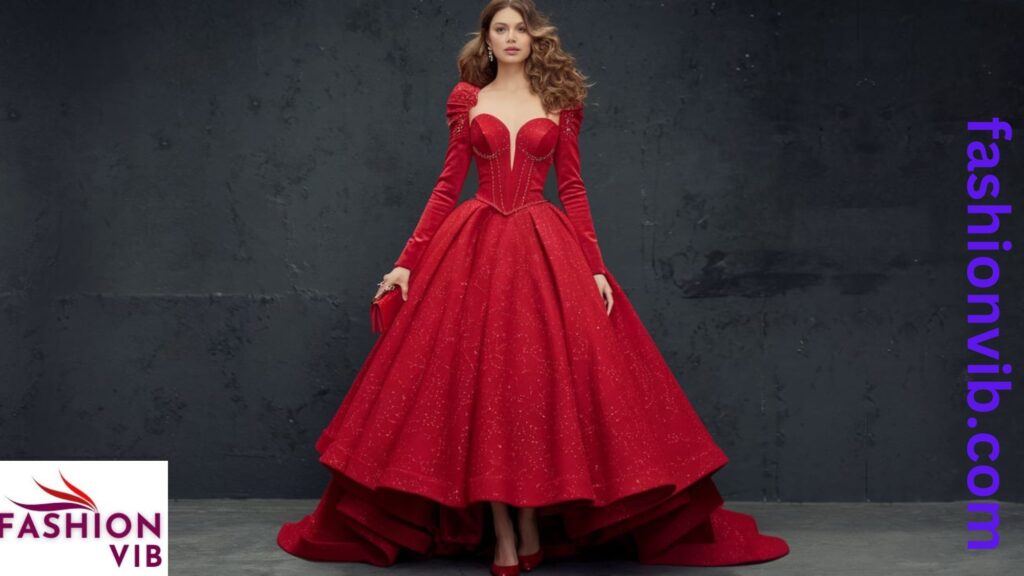
Ballgowns are the epitome of formal wear, designed to make a grand entrance. These floor-length dresses typically feature a fitted bodice and a voluminous skirt that begins at the waist.
Characteristics of ballgowns:
- Fitted bodice, often strapless or with thin straps
- Full skirt that begins at the natural waist
- Made from luxurious fabrics and often embellished with beading or lace
When to wear a ballgown:
- Black-tie events
- Formal weddings
- Galas and charity events
Cocktail Types of Dresses: Versatile Elegance

Cocktail dresses strike the perfect balance between casual and formal wear. These dresses are typically knee-length or slightly above and are suitable for a wide range of semi-formal events.
Key aspects of cocktail dresses:
- Length typically at or above the knee
- Can feature various silhouettes and necklines
- Often made from luxe fabrics like silk, chiffon, or lace
Styling tips for cocktail dresses:
- Choose accessories based on the event’s formality
- opt for classic pumps or strappy heels
- Consider a clutch or small handbag to complete the look
Strapless Dresses: Shoulder Showcase
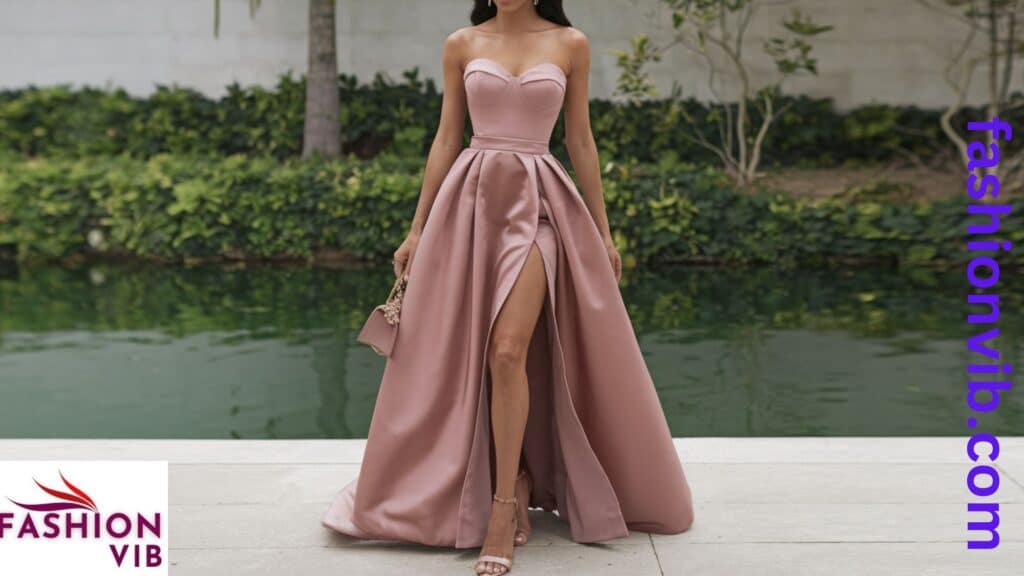
Strapless dresses offer a beautiful way to showcase your shoulders and décolletage. This style can range from casual sundresses to formal evening gowns.
Features of strapless dresses:
- No straps or sleeves, with the bodice ending at the bust
- Often includes boning or built-in support
- Can be any length, from mini to floor-length
Tips for wearing strapless dresses:
- Invest in a good strapless bra for proper support
- Consider using fashion tape to prevent slippage
- Choose a neckline that flatters your bust size
Halter Dresses: Neck-Defining Chic
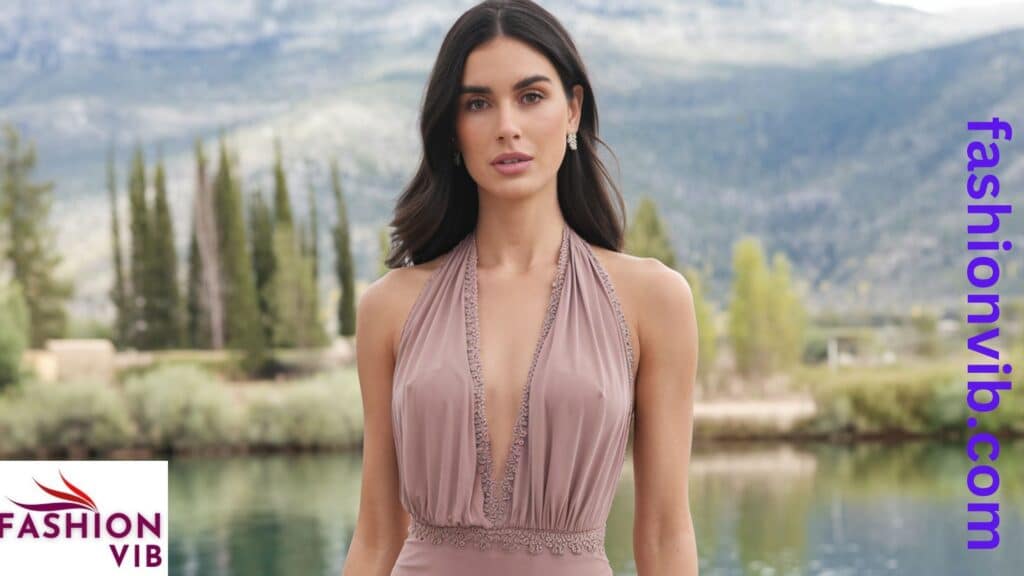
Halter dresses feature straps that wrap around the neck, leaving the shoulders and upper back exposed. This style is particularly flattering for those with broader shoulders or a larger bust.
Key elements of halter dresses:
- Straps that tie or fasten behind the neck
- Often backless or with a low back
- Can be fitted or flowing in silhouette
Styling halter dresses:
- Choose a statement necklace or earrings to accentuate the neckline
- opt for an udo to showcase the back and shoulders
- Consider a wrap or shawl for cooler evenings
Peasant Types of Dresses: Bohemian Charm
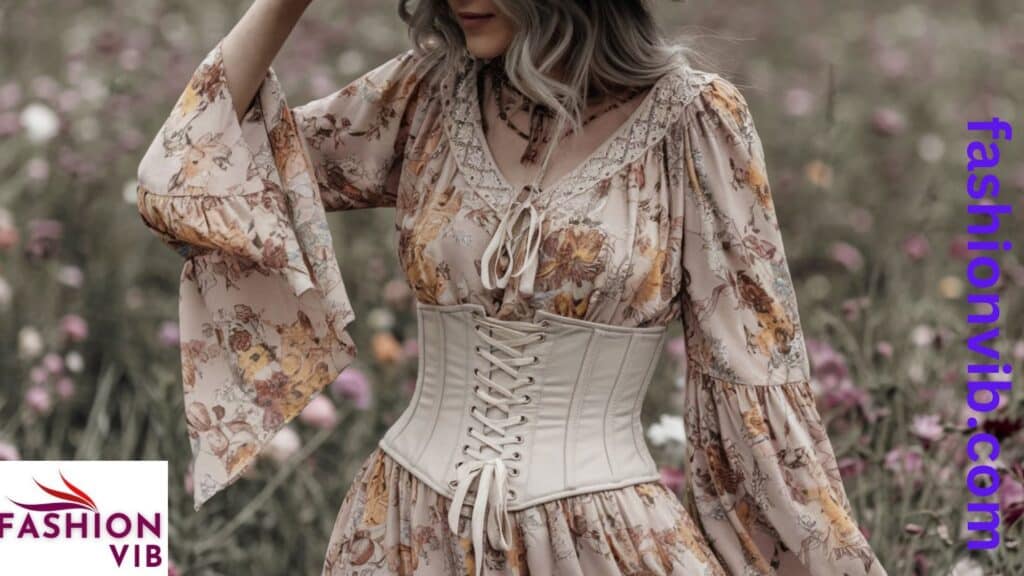
Peasant Types of Dresses draw inspiration from traditional folk clothing, featuring loose, comfortable fits and often incorporating embroidery or folk-inspired prints. This Types of Dresses exudes a relaxed, bohemian charm that’s both stylish and comfortable.
Characteristics of peasant dresses:
- Loose, flowing silhouette
- Often features puffed sleeves and a square or off-the-shoulder neckline
- Typically made from light, airy fabrics like cotton or linen
Styling peasant dresses:
- Pair with sandals or espadrilles for a casual look
- Add a wide belt to define the waist
- Layer with bohemian-inspired jewelry for an authentic look
Bandage Dresses: Body-Sculpting Appeal
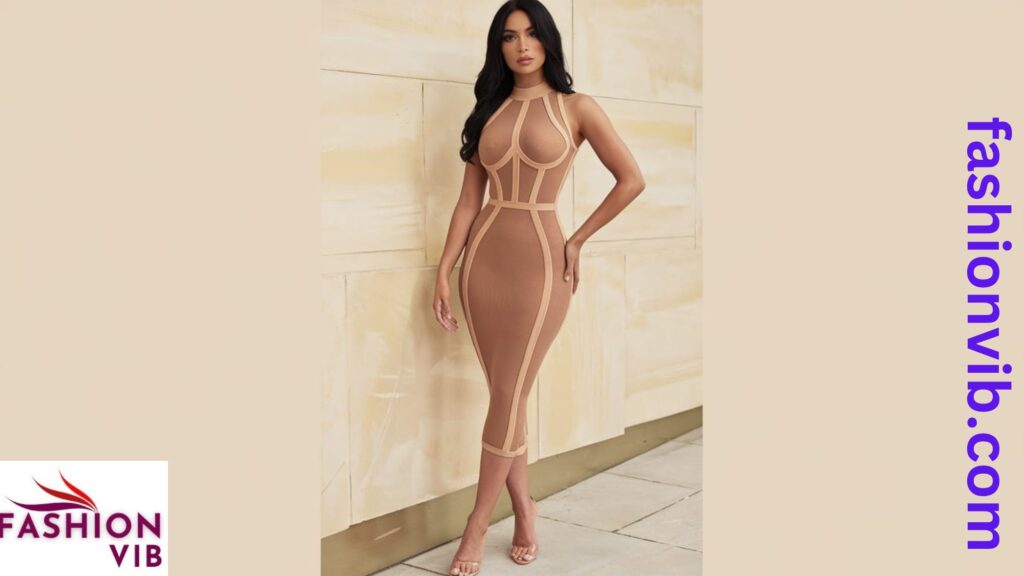
Bandage dresses, popularized by designer Hervey Léger, are form-fitting dresses made from stretchy, body-contouring fabric that resembles bandages wrapped around the body.
Key features of bandage dresses:
- Extremely form-fitting silhouette
- Made from stretchy, elasticized fabric
- Often features a mix of horizontal and diagonal “bandages”
Styling tips for bandage dresses:
- Choose seamless undergarments to avoid visible lines
- Pair with simple, sleek accessories to let the dress shine
- opt for neutral-toned shoes to elongate the leg
Peplum Types of Dresses: Waist-Defining Flair

Peplum dresses feature a short, flared ruffle that sits at the waistline, creating a feminine and flattering silhouette.
Characteristics of peplum dresses:
- Fitted bodice with a flared ruffle at the waist
- Can be any length, from mini to maxi
- Often features a pencil skirt below the peplum
Peplum dresses are great for:
- Creating the illusion of an hourglass figure
- Concealing a fuller midsection
- Adding a touch of vintage-inspired glamour to your look
Tent Dresses: Comfortable Chic
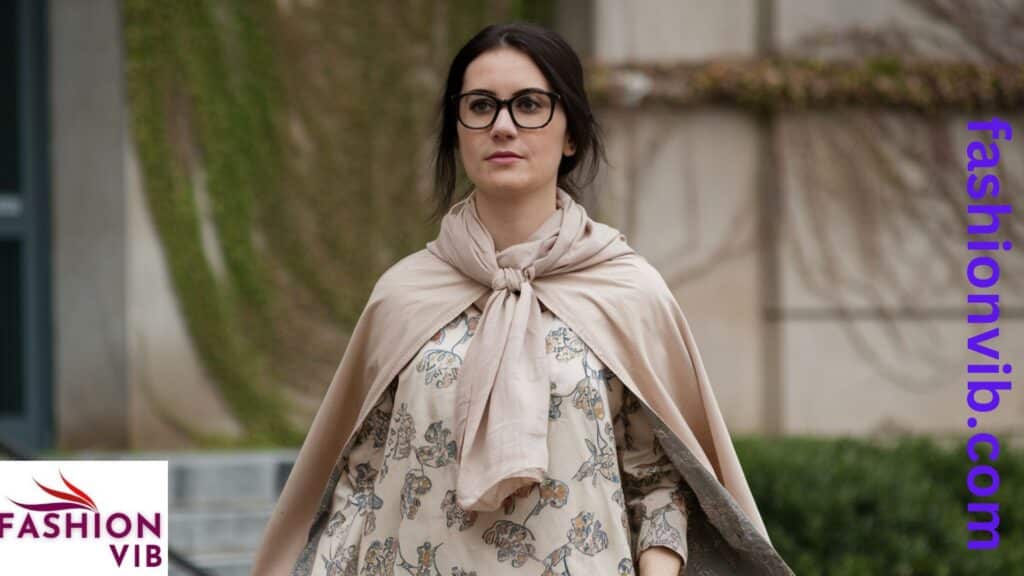
Tent dresses, also known as trapeze dresses, feature a silhouette that flares dramatically from the shoulders, creating a triangular or tent-like shape.
Key aspects of tent dresses:
- Loose, flowing silhouette that widens from the shoulders
- Often sleeveless or with cap sleeves
- Can be any length, from mini to maxi
Styling tent dresses:
- Belt the waist to create more definition
- Pair with fitted jackets or cardigans for a balanced look
- Choose statement accessories to add visual interest
Kaftan Types of Dresses: Elegant Loungewear
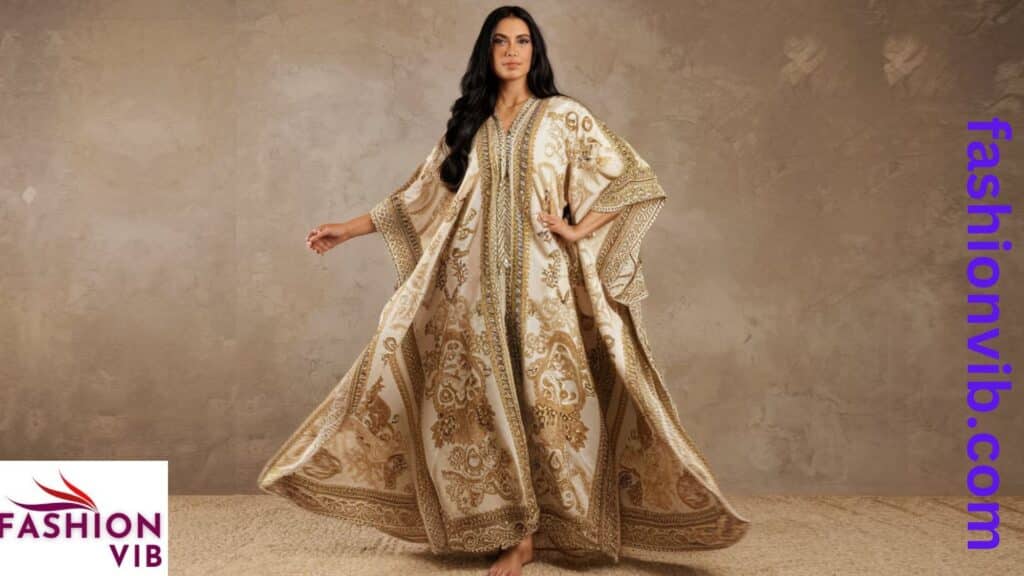
Kaftans are loose-fitting, often colorful dresses inspired by traditional Middle Eastern garments. They’ve become popular as both beachwear and elegant loungewear.
Features of kaftan dresses:
- Loose, flowing silhouette
- Often features a V-neck or boat neck
- Typically made from light, airy fabrics
Styling kaftans:
- Add a belt to create shape
- Pair with statement jewelry for a bohemian-luxe look
- Choose embellished kaftans for evening wear
Pinafore Dresses: Layering Potential
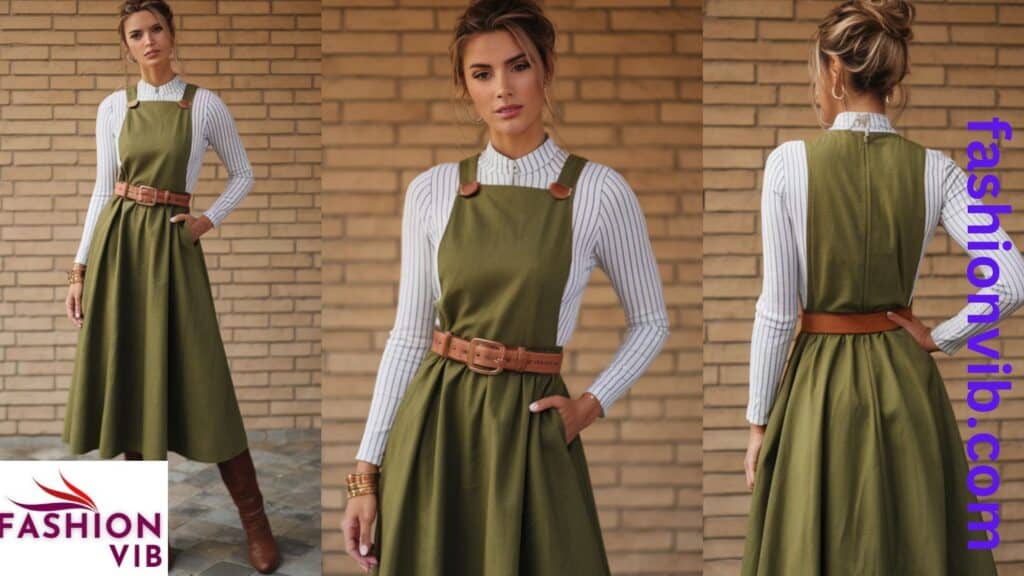
Pinafore dresses, reminiscent of school uniforms, feature a sleeveless, collarless design often worn over a blouse or sweater.
Key elements of pinafore dresses:
- Sleeveless design with wide shoulder straps
- Often features a fitted bodice and flared skirt
- Typically worn over another top
Styling pinafore dresses:
- Layer over a turtleneck for a classic, preppy look
- Pair with a crisp white shirt for a school-inspired outfit
- Wear over a lace blouse for a romantic twist
Conclusion: Embracing Diversity in Dress Styles
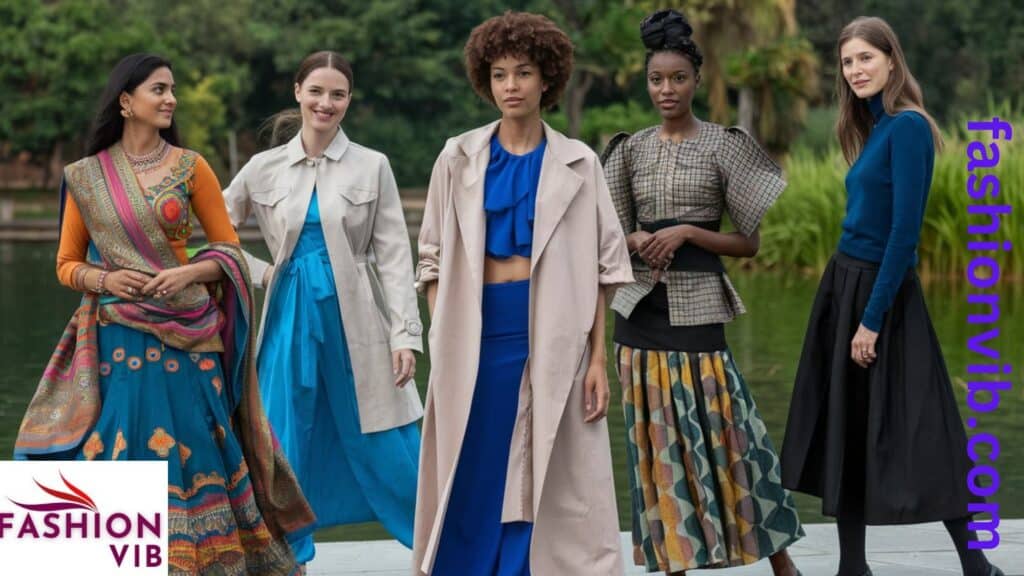
From the leg-baring mini to the flowing maxi, from the structured A-line to the slinky slip dress, the world of dress styles offers something for every body type, personal style, and occasion. By understanding the characteristics and styling options for each Types of Dresses, you can make informed choices that not only flatter your figure but also express your unique personality. With so many Types of Dresses available, there’s a perfect option for every wardrobe need.
Remember, fashion rules are made to be broken. While certain Types of Dresses may traditionally be recommended for specific body types, the most important factor is how a Types of Dresses makes you feel. Confidence is the best accessory, and when you feel great in the dress type you’re wearing, it shows.
So go ahead, experiment with different dress types. Mix and match styles, play with accessories, and most importantly, have fun with fashion. After all, dresses are more than just garments—they’re a form of self-expression, a way to tell your story without saying a word.
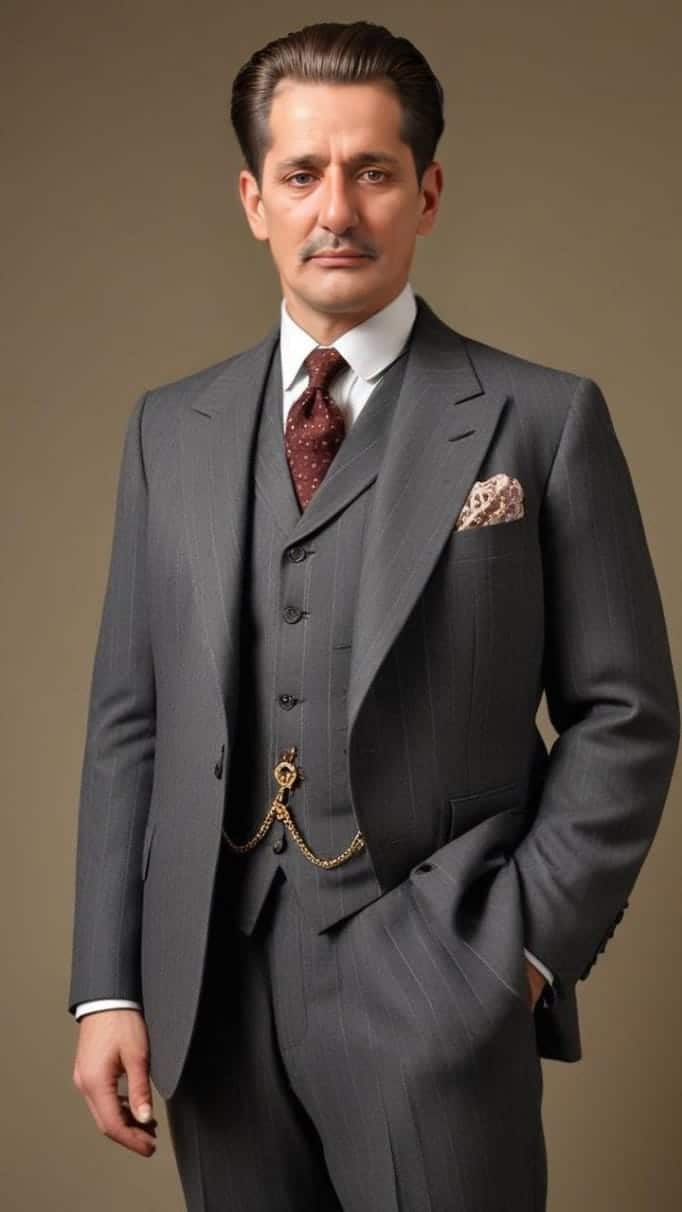
James is a seasoned fashion blogger with over a decade of experience in the industry. His keen eye for trends and insightful commentary make him a trusted voice in fashion. Passionate about style evolution, James combines his extensive knowledge with a unique perspective, offering readers fresh and engaging content. Follow his journey as he navigates the ever-changing world of fashion on Fashion Vib.






